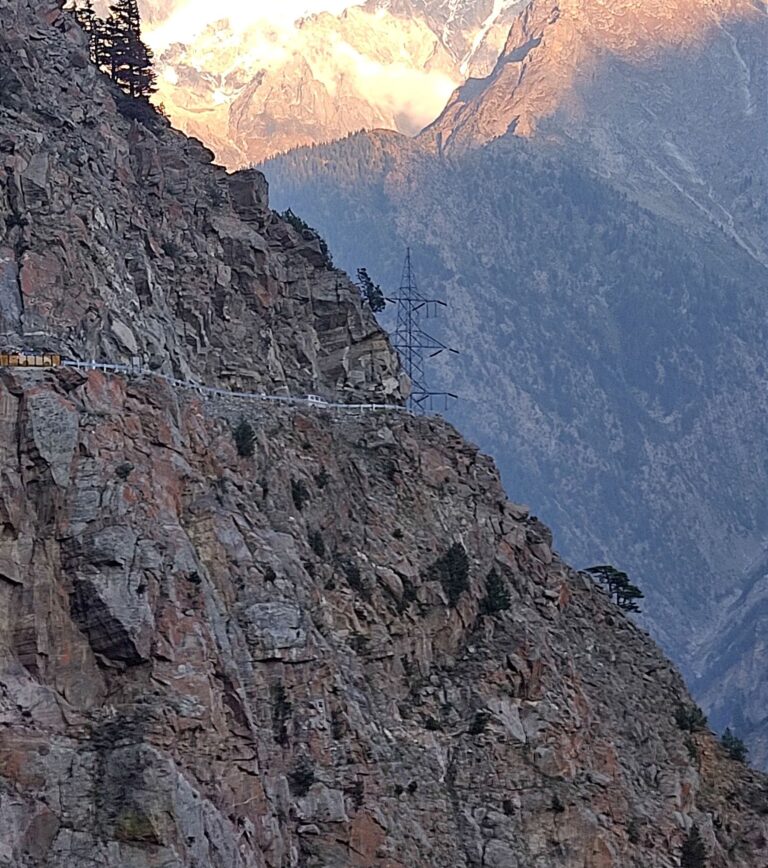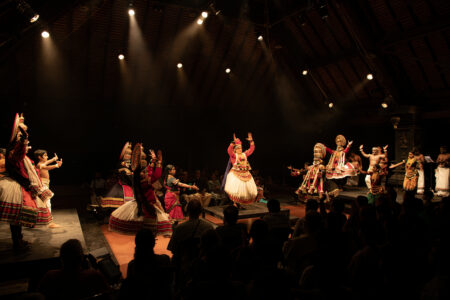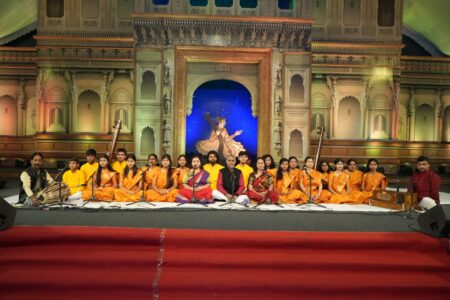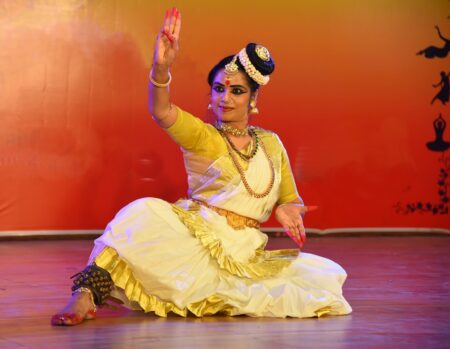The journey on the Kalpa-Roghi road, one of the most dangerous roads in Asia, famed for the Suicide Point in Kinnaur district is scary as well as thrilling.
If I were younger, I fancied, I would commit suicide at this frighteningly romantic place. Just for the fun of dying in such an out-of-the-world ambience. I would simply hop off the cliff as the crimson sun sank behind the snow-clad mountains across the deep valley and the slithering River Sutlej. Then I would spread out both arms and both legs, and flow down the rocky mountain slopes, and over the deodar and oak forests. And then, I would glide down to the roaring Sutlej waters, whispering Sylvia Plath: “Dying is an art…I do it exceptionally well.”
“Pity,” I said to myself, “it’s too late in life to commit suicide.”
I am standing, with my knees jerking, at Suicide Point, at an elevation of over 9000 feet in Roghi village in Himachal Pradesh’s Kinnaur district. From the large flat rock jutting out of the mountain cliff, I can see the Sutlej, hundreds of metres below, lying zigzag in the valley like a silvery snake. The chilly wind emerging from the deodar and oak forests in the foothills is pushing the mist up the rocky heights of the cliffs. In the distance, I can see the conical, white faces of the Shivling peaks of the Kinnaur Kailash mountains. The about-to-set sun is trying to illuminate the faces of the peaks, which are holy to Hindus and Buddhists alike, but the frequent waves of clouds are trying to keep them from visibility. The mist carries a mild, wild fragrance.
The dangerous beauty and immense romance of the place cause a strange heartache. I realize that the pangs of sheer beauty– not just the woes of living – can goad humans into suicide.
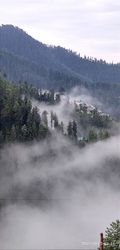
“More people have died here by accident while taking photos,” our driver Jaggu Bhai says, “than those who have intentionally jumped off the cliff.” I remembered an old mountain signboard: “Mountains have a way of dealing with overconfidence.”
Suicide points all the way
The 8-km road from Kalpa to Roghi, said to be one of Asia’s most dangerous mountain roads to drive, provides hundreds of opportunities to end your life by suicide, or by accident. I had considered Jaggi Bhai the boldest driver in India until I spotted a Himachal Road Transport Corporation bus snaking up the mountains. “If there is a Padmashree award going for a bus driver, it should go to that HRTC driver,” I had remarked to my co-travellers as the bus negotiated a particularly scary bend on the way to Suicide Point. You could imagine the bus driver as the possessed leader of a suicidal sect driving a bunch of followers to Suicide Point.
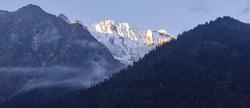
As you drive up the mountain from Reckong Peo, the district headquarters of Kinnaur, the road is fairly okay until you reach Kalpa, a distance of around 5 km. But, from Kalpa, it’s like living out a YouTube video experience of truck-driving along China’s most dangerous mountain roads— this road is far worse. The narrow road, with very little asphalt on, is sandy and full of tiny stones and hence is easy to skid down to the mountain gorges. The torn edges are often un-railed and unguarded. There are scores of sharp bends and turns. A small error of judgment or distraction from driving and your car will go hurtling down the mountain slopes. The road was gorged out of mountain bellies and, at some places, was carved out of huge rocks and sometimes you feel like passing through a tunnel with one side open. Small rocks occasionally rolled down to the road.
At one point, the HRTC bus that was a few hundred feet ahead of us looked like hanging from a cliff at a very sharp turn. The bus had in fact stopped for a second for an oncoming motorcycle to pass. Jaggu Bhai has a habit of occasionally bursting into talking while driving. We took special care not to ask him any questions lest he should look back and talk to us and lose his concentration. We held hard on to the seat edges as he negotiated bends. “Don’t worry,” he would reassure us with a smile, “I have been driving in this region for two decades.” Which was true, and which had made him a very careful, skilful driver. But still, our final destination of this trip was not the valley of death, but Spiti Valley, crossing Roghi.
Village of orchards
Roghi is a quaint mountaintop Kinnauri village with a small population and with its own ethnic way of life and a small beautiful temple that faces the Kinnaur Kailash mountains. Tiny orchards of apple, apricot, peaches, pears and chilgoza abound. The view of the Kinnaur (Kinner) Kailash mountains from Roghi, particularly late in the afternoon, is magnificent. The village is more than a mile away from Suicide Point. Since adventurous tourists who do not mind the extremely dangerous road from Kalpa come visiting during the summer, there are a couple of small home-stays.
In winter, the village gets cut off as the road becomes inaccessible. Temperatures in peak winter sometimes go below minus 10 Celsius and most of the region, including the Suicide Point, is blanketed under snow. Before the start of the winter, the villagers stockpile essentials purchased from Reckong Peo. “True, it’s tough living through the winter up in these mountains,” the woman owner of the village café said when I enquired about their winter life, “but still, we love it here.” Women have a decent place in the social life of this mainly Buddhist mountain community. Traditionally, the income from the sale of fruit in the village’s common property are pooled together and shared among the womenfolk.
A little distance away from the village centre, at the end of a sharp ascent, sits the Dalhousie Cottage. Named for Lord Dalhousie, the 19th century English governor-general of India, it is now a government-run tourist lodge. Locals believe that Dalhousie used to hunt snow leopards and other wild animals in this remote region–about 170 years ago. Since it was close to sundown, we skipped the colonial ruler’s hunting lodge.
As darkness was fast spreading across the mountains and gorges thus hiding the scary views from us, the return trip from Roghi was less frightening. Still, our eyes were glued to the road in front. And no one spoke until we reached our hotel at Kalpa.
Click here to read Sangla Valley

